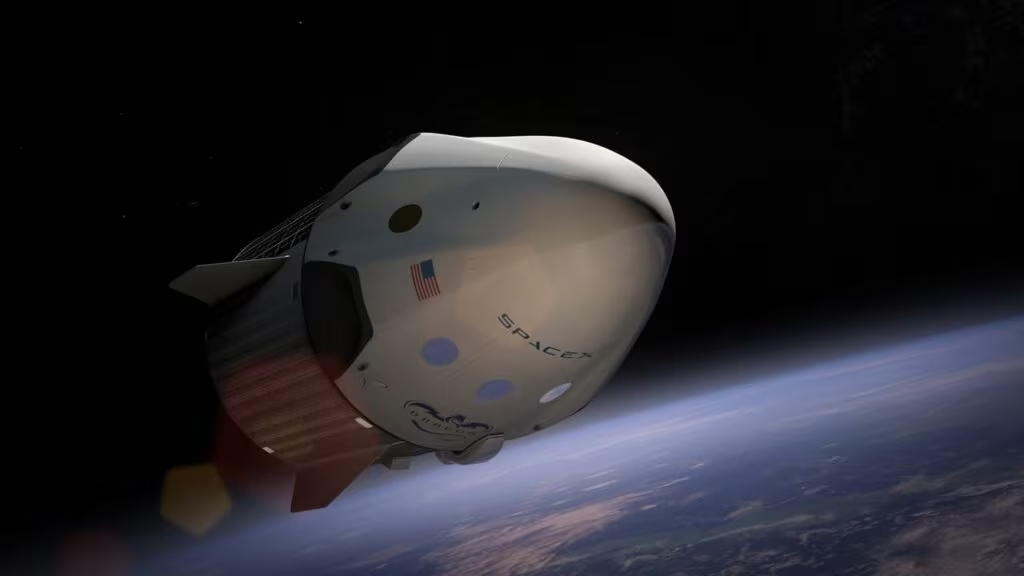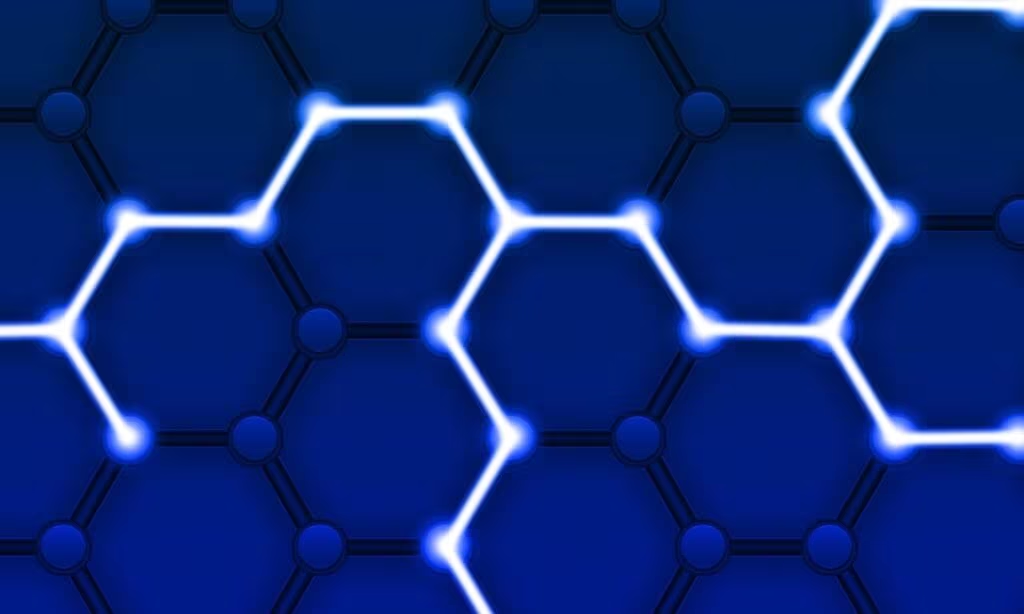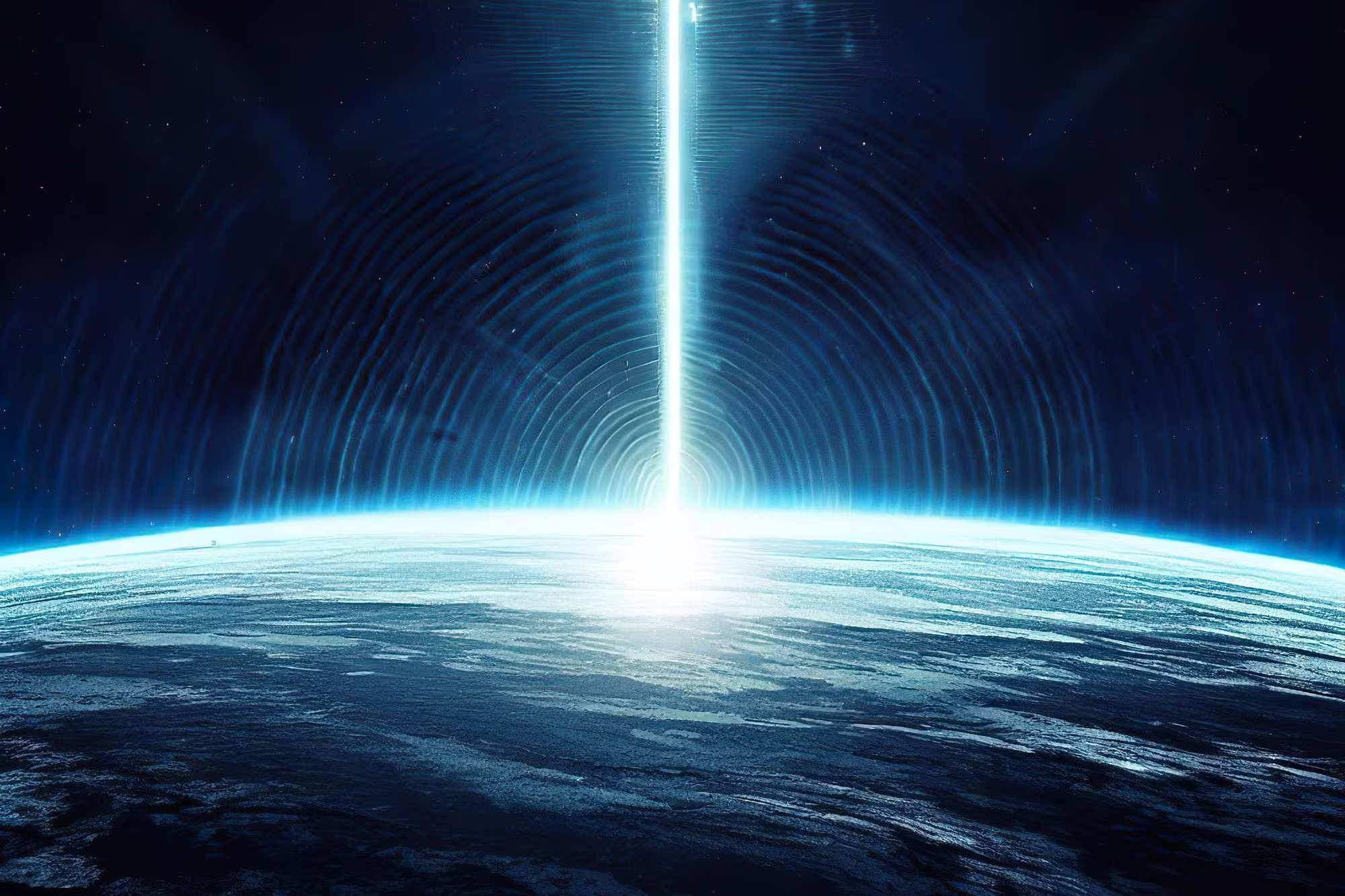The Quantum Leap: Overcoming Earth’s Atmospheric Barrier
In a breakthrough previously considered nearly impossible, scientists have successfully demonstrated the ability to transmit quantum signals—specifically, single photons—upward from Earth’s surface to a satellite in orbit. This achievement, spearheaded by researchers at the University of Technology Sydney (UTS), resolves a critical engineering hurdle that has long stalled the development of a truly global, space-based quantum communication network.
For years, the focus in quantum satellite communication has been on the downlink (transmitting quantum signals from space to ground stations). The uplink—sending fragile quantum information from the ground through the thick, turbulent atmosphere—was deemed too challenging due to atmospheric noise and distortion. This successful demonstration fundamentally changes the timeline for deploying ultra-secure quantum cryptography worldwide.
Why the Uplink Was Considered Impossible
Quantum communication relies on the inherent fragility of quantum states, such as the polarization of a single photon. These states carry the quantum information and are extremely susceptible to environmental interference, a phenomenon known as decoherence.
When a light beam travels from a satellite down to Earth (downlink), it passes through the thin, stable upper atmosphere before encountering the dense, turbulent lower layers. In contrast, the uplink requires the beam to travel through the thickest, most disruptive layers of the atmosphere first, where temperature variations and air currents cause significant distortion and scattering.
This atmospheric turbulence acts like a constantly shifting lens, threatening to destroy the delicate quantum state of the single photons before they can reach the satellite receiver. Overcoming this required sophisticated engineering and precise control.

The UTS Innovation
The UTS team’s success hinged on developing and employing advanced techniques to stabilize the quantum light beam against the atmospheric noise. While the full details of the methodology are complex, the core achievement was proving that the quantum state of the photons could be preserved across the vast distance and through the hostile atmospheric environment.
This demonstration effectively validates the feasibility of using ground stations to actively send quantum data to orbiting assets, rather than relying solely on the satellite to initiate the transmission.
The Critical Role of Quantum Key Distribution (QKD)
The ability to reliably send quantum signals to space is not merely a scientific curiosity; it is the foundational step toward realizing Quantum Key Distribution (QKD) on a global scale. QKD is a cryptographic technique that uses the laws of quantum physics to guarantee secure communication.
In classical cryptography, security relies on mathematical complexity (making it hard to crack a code). In QKD, security relies on physics: any attempt by an eavesdropper (known as Eve) to intercept the quantum key automatically alters the quantum state of the photons, instantly alerting the legitimate users (Alice and Bob) that the key has been compromised.
Current Limitations of QKD:
- Terrestrial QKD: Limited range (typically less than 100-200 kilometers) due to signal loss in optical fibers.
- Satellite QKD (Downlink Only): Requires complex and expensive satellite hardware to generate the quantum signals, and limits the network topology.
By enabling the uplink, researchers can now envision a network where ground stations—which are easier and cheaper to maintain and upgrade than satellites—can generate and send the quantum keys to orbiting relays. These relays can then distribute the keys globally, bypassing the distance limitations of fiber optics.
“This successful uplink demonstration removes one of the most significant technical roadblocks standing in the way of a truly secure, worldwide quantum internet,” states a leading researcher involved in the project. “It shifts the paradigm from satellites being purely receivers to being active nodes in a global quantum network.”

Implications for Global Security and the Quantum Internet
The development of a robust quantum communication infrastructure is becoming increasingly urgent due to the rise of fault-tolerant quantum computers. These machines, expected to arrive later this decade, will be capable of breaking the classical encryption methods (like RSA) that currently secure global finance, government, and military communications.
Quantum communication, specifically QKD, offers a solution that is inherently secure against even the most powerful future quantum computers.
This breakthrough accelerates the timeline for several key objectives:
- Global Quantum Key Distribution: Establishing a network capable of distributing unhackable cryptographic keys across continents.
- Quantum Internet: Laying the groundwork for linking quantum computers and sensors across vast distances, enabling distributed quantum computing and enhanced sensing capabilities.
- Increased Network Flexibility: Allowing ground stations to be the primary source of quantum signals simplifies satellite design and reduces the cost of deploying the space segment of the network.
The Path Forward
While the physics challenge has been largely overcome, significant engineering challenges remain. These include optimizing the size and power requirements of the ground-based transmitters, ensuring continuous tracking of fast-moving satellites, and integrating these quantum links into existing classical communication infrastructure.
The next phase of research will likely focus on increasing the data rate of the quantum signals and demonstrating entanglement distribution—the ultimate goal of quantum networking—via the uplink.
Key Takeaways
This successful demonstration of beaming quantum light from Earth to space marks a pivotal moment in the race to secure global communications:
- Challenge Overcome: Scientists proved that single photons (quantum signals) can be reliably transmitted through the Earth’s turbulent atmosphere to a satellite—a feat previously thought to be impossible.
- Technology: The breakthrough came from the University of Technology Sydney (UTS), using advanced stabilization techniques to counter atmospheric distortion.
- Significance: This enables the uplink segment of a satellite-based quantum network, which is crucial for flexible and cost-effective deployment.
- Application: The primary application is Quantum Key Distribution (QKD), offering communication security guaranteed by the laws of physics, making it impervious to future quantum computer attacks.
- Future Impact: The research accelerates the realization of a global, space-based Quantum Internet capable of linking quantum assets worldwide.

Conclusion: Securing the Future from Above
The successful quantum uplink demonstration transforms the landscape of secure communication. By proving that the most fragile carriers of information can be reliably sent through the most hostile part of the communication channel—the lower atmosphere—the UTS researchers have unlocked the full potential of satellite-based QKD. This achievement is not just a scientific curiosity; it is a vital step toward building the unhackable infrastructure necessary to protect global data in the age of quantum computing, ensuring that the future of cryptography is secured from orbit down to the ground.
What’s Next
Researchers will now focus on transitioning this proof-of-concept into operational technology. This involves miniaturizing the ground station equipment and integrating the quantum uplink into existing satellite communication protocols. The ultimate goal is to launch dedicated quantum satellites capable of acting as trusted nodes, relaying quantum keys between any two points on Earth, thereby establishing the first truly global, quantum-secured communication backbone within the next few years.
Originally published: November 9, 2025
Editorial note: Our team reviewed and enhanced this coverage with AI-assisted tools and human editing to add helpful context while preserving verified facts and quotations from the original source.
We encourage you to consult the publisher above for the complete report and to reach out if you spot inaccuracies or compliance concerns.

